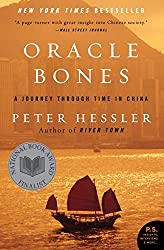Rating: 7.2/10. A bunch of stories about China that personify the country’s rapid development into the modern age. The author Peter Hessler is an American journalist for the New Yorker magazine, who speaks Chinese fluently and spent a lot of time in China. There are various story arcs and the book switches back and forth…
Author: Bai Li
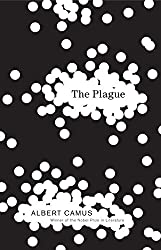
The Plague (La Peste) by Albert Camus
Rating: 8.0/10. Novel by philosopher Albert Camus, set in Oran, a town in Algeria, in the 1940s. Very relevant reading in the time of COVID-19: the novel tells of an epidemic of bubonic plague that hits Oran. The style is more philosophical rather than plot driven, and describes the reactions of society and how various…
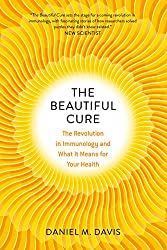
The Beautiful Cure by Daniel M. Davis
Rating: 8.0/10. Vaccines have been around for a long time, but the immune system hasn’t really been understood until very recently. For example, smallpox vaccine is only effective with an “adjuvant”, nobody understood why, theory is it is needed to activate the immune system to treat it as a threat. The immune system has the…
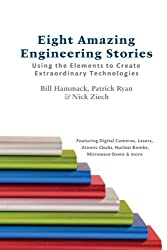
Eight Amazing Engineering Stories by Bill Hammack
Rating: 7.3/10. Short pieces about material science and engineering, picked it up when somebody recommended this book over the “Stuff Matters” book as a more technical tour of material science. The author is famous for the Engineering Guy YouTube channel. The book goes through a bunch of topics: digital cameras, smartphone accelerometers, atomic clocks, uranium…
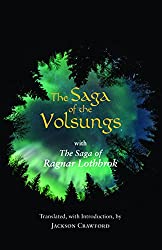
The Saga of the Volsung translated by Jackson Crawford
Rating: 7.5/10. One of the most famous of the Icelandic Sagas: it was written in the 1200s in medieval Iceland, but describes existing folklore of the Viking culture that were familiar to everyone in the society. The events are perhaps based off real people but would have taken place several hundred years prior, in continental…
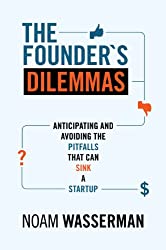
The Founder’s Dilemmas by Noam Wasserman
Rating: 7.7/10. Founders have to make a lot of critical decisions during the course of a startup, that will affect its outcome years down the line. The first decision is whether to quit your job and do a startup: ideally you should have the right career conditions (knowledge of an industry), supportive family, and the…
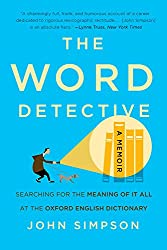
The Word Detective by John Simpson
Rating: 6.5/10. Memoir about how the Oxford English Dictionary is created. Author joins the team in the 1970s, after being a grad student in medieval literature. He reads obscure books from all sorts of genres to find new words to add, and often a lot of scholarly research and debate goes into settling a word’s…
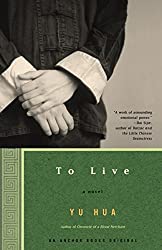
To Live (活着) by Yu Hua
Rating: 8.5/10. A very tragic novel — the protagonist is an old man telling the story of his life when he was young. In the beginning, he was born into a rich family, he gambled all day. He lost all his family’s property gambling and they had to move into a small hut. At this…
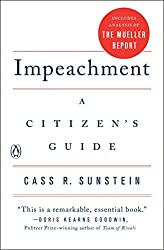
Impeachment: A Citizen’s Guide by Cass R. Sunstein
Rating: 7.5/10. Legal aspects of impeachment, written by a famous American lawyer. It’s a little-known clause in the constitution, designed to keep a balance of power, and so far, three presidents have been seriously in danger of impeachment before Trump (Johnson, Nixon, and Clinton). Impeachment is designed for serious misuse of presidential powers against the…
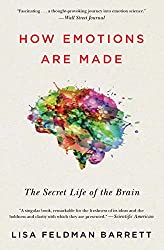
How Emotions are Made by Lisa Feldman Barrett
Rating: 7.8/10. The classical theory of emotions says that at least a few basic emotions are universal (happiness, fear, sadness, surprise, disgust, anger). However, this “essentialist” theory is put into question because it is difficult to find any consistent physiological fingerprint for these emotions; there is a lot of variation and interpretation is subject to…
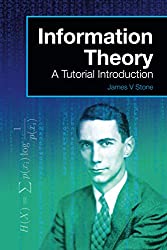
Information Theory: A Tutorial Introduction by James V. Stone
Rating: 8.0/10. Ch1: What is Information? Information is quantified using bits, not to be confused with binary digit. A binary digit contains at most one bit of information, but may contain less (if it’s not equally likely to be 0 and 1). Ch2: Entropy of Discrete Variables Definition of entropy H(x) for discrete random variables….
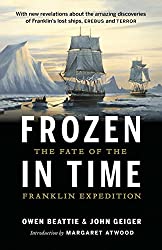
Frozen in Time by Owen Beattie and John Geiger
Rating: 7.0/10. Tells the story of Franklin’s Lost Expedition both as it happened, as well as an archeological point of view where we piece together what happened. The two ships set off in 1845 to explore the northwest passage, spends the first winter on Beechey Island (near Devon Island), but then gets stuck for two…
